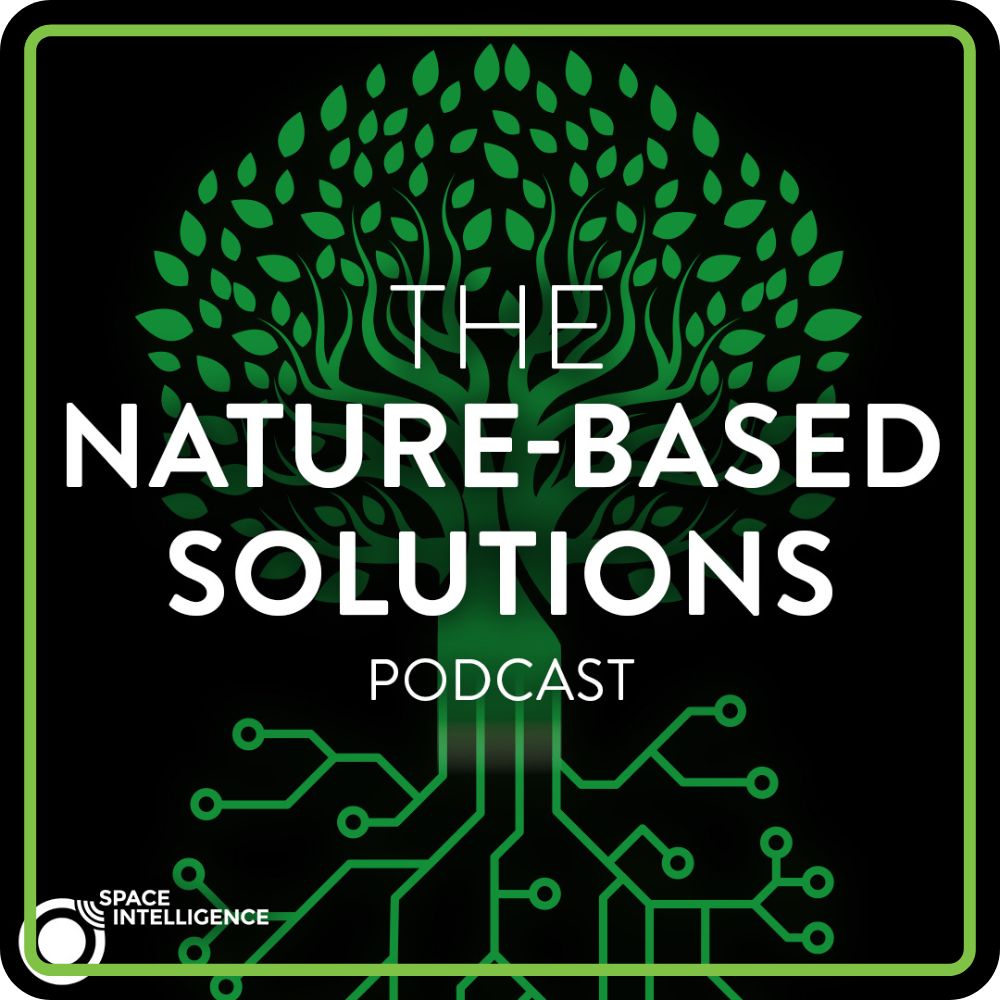
Measuring Scotland’s Natural Capital Assets: Philippa Vigano, NatureScot
The majority of Space Intelligence’s work involves tropical forests, so it was a real pleasure for the team to work with NatureScot and develop a habitat map for the company’s home, Scotland.
On this week’s podcast, we spoke to the Innovative Technologies Programme Manager at NatureScot, Philippa Vigano, to find out more about the maps and their requirements.
Listen to the podcast here and read a summary below.
Q: Could you explain the importance of land cover mapping to NatureScot?
P.V.: Land cover is an important consideration in our efforts to achieve our national net zero emissions target and nature recovery targets by 2045. How we manage our land has a huge impact on emissions because different habitats and land uses store carbon in vegetation and soils and some habitats, like peatlands, if they are looked after can even absorb carbon. We also know that habitats in good condition that are good for biodiversity and nature are also good for carbon, so the two are linked and helping nature will help us to manage climate change.
A good and complete map of habitats that allows us to map extent and distribution, and track change over time, is therefore a vital tool in our response to the climate and nature emergencies.
NatureScot and our partners have carried out site-based habitat and vegetation surveys for many years and these have been digitised. They tend to be very detailed surveys of relatively small areas.
Our users told us that they needed a more complete habitat map of Scotland that could be regularly updated to show change over time.
NatureScot also needed this to feed into Natural Capital Assessments. Our habitats and the ecosystems within these are our Natural Capital Assets and when they are healthy they provide benefits called ecosystem services to people. So to enable a natural capital approach to decision making that is based on the full range of benefits that nature provides we need a comprehensive map that we can update at regular intervals.
The data is also used to inform opportunity mapping for nature restoration projects that can inform discussions with communities, land owners and funding partners. Which may help to inform identifying sites for nature protection. It has also been used to map connectivity between habitats and nature sites, again identifying areas where it might be possible to create connections and develop nature works.
Q: Space Intelligence was able to map 28 different land cover classes thanks in large part to the expertise within the NatureScot team. Can you talk us through the reference materials you have?
P.V.: We have the site-based surveys that were typically carried out by expert field surveyors on Protected Areas and they were used to inform management of these areas. This data was used to help train the models that Space Intelligence used to classify the satellite data. It is a predictive map and some of this data was kept in reserve so that we could validate the maps and give each class a confidence figure based on how well the model could map that particular habitat type or land cover. This is pretty unique in habitat mapping and is important because it helps us to understand how well it maps different habitats and we can use the data accordingly.
We also have a team of EO specialists who created new training data polygons for the models to map habitats that we didn’t have as much data for and of course NatureScot has specialists all over Scotland who know their areas very well and know what land cover types there are and we were able to use this incredible resource to help the EO specialists at Space Intelligence understand what land cover types were present and what their models were showing. I remember setting up a call during lockdown between Space Intelligence scientists and some of NatureScot’s Area specialists in Orkney to look at satellite images and work out what land cover types could be recognised and mapped.
Q: The validation of data is hugely important to both NatureScot and Space Intelligence, how did you work together to validate that data?
P.V.: We worked with Space Intelligence to improve the models using our data and on-the-ground knowledge from NatureScot colleagues across Scotland. We have also looked into how we can validate the map using a combination of desk study and field study techniques. We have worked with 2 students to develop a way of collecting ground measurements using tablets in the fields that could feed into new training data for the models and a second student who was part of the Data Lab graduate placement scheme looked at how many validation points we would need to take to validate the map in the field. We have also explored if we can use other data like aerial photos to validate certain land classes.
Q: It’s a very innovative approach to create a detailed map like this – what further innovation would NatureScot like to pursue in this area?
P.V.: It was an innovative approach to land cover and habitat mapping and I think that there is real strength in using the skills of Space Intelligence and the knowledge and expertise of NatureScot.
At the moment we have accuracy figures based on a subset of training data that was retained for accuracy assessment. The next step is to validate the map in the field with a series of targeted visits.
It would be great to have a system where we could collect field data that was available and easy to use for future iterations of the map. A map like this does not replace the need for field survey and the 2 should complement each other. The map relies on AI which is very data hungry and produces output that requires field verification. This data verification and collection exercise is much less of a time commitment than a full field survey and effort can be targeted to areas and habitats that are priorities in our fight to tackle climate change and biodiversity loss.
We could even investigate if we could use Citizen Scientists to help us to collect this data. The tools and data flows will enable more people in NatureScot and other organisations to work collaboratively to improve the map which will ultimately lead to better decisions on net zero land use.
Change over time would be a really valuable use of the map and would help to identify opportunities for protection and restoration and see where nature is recovering.
I think we have done a really good job of mapping habitats to very high levels of detail. It would be good to improve the spatial resolution of the data. Maybe we can investigate how we can use LiDAR data or very High Resolution Satellite data from commercial providers? That introduces challenges around the cost of the data and we would like to keep these maps as open data so that they are free to use.

